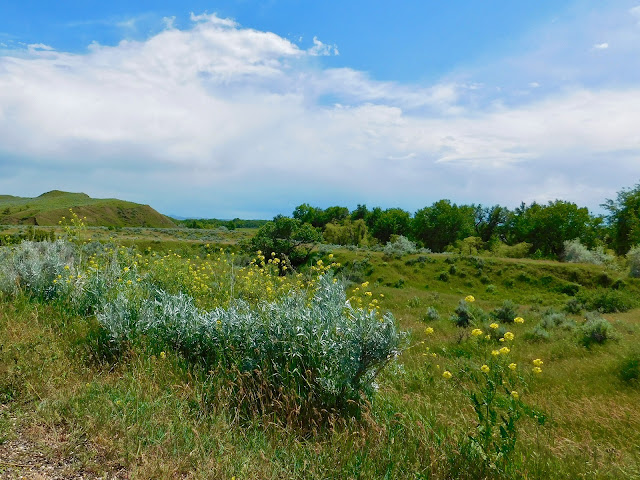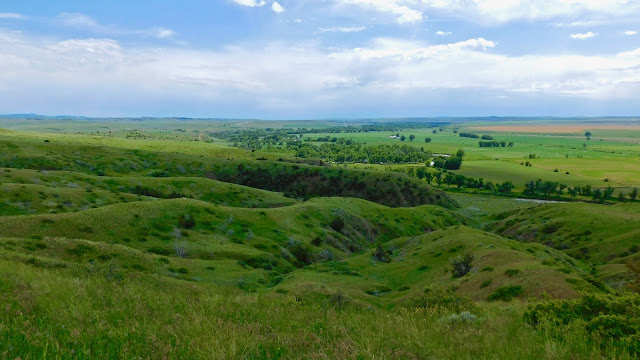Sneffels Range Spring - Watercolor

"Sneffels Range Spring" Watercolor Tucked discretely below the Dallas Divide, the Sneffels is a scenic sub-range of the San Juan Mountains. The confusion of untidy crags is a rugged remnant of an ancient volcano. It's late spring but bare rock is beginning to emerge from a shroud of heavy, winter snow. A row of crooked cottonwoods is an elaborate gateway into the Colorado wild. Patches of delicate dandelions are scattered throughout the lush meadow while an assembly of blazing brush complicates an already busy foreground. As a gray sky drizzles the landscape with cold rain, receding into the distance, colors cool from violet to blue-green. A series of spectacular buttes is a scenic prelude to an awesome alpine environment where cautious strokes define the ragged peaks. Composed from equal parts image, experience and memory, this painting was not meant to hang on a wall. It's more of a sketch than a showpiece. A little bit looser and fabricated with less con...



